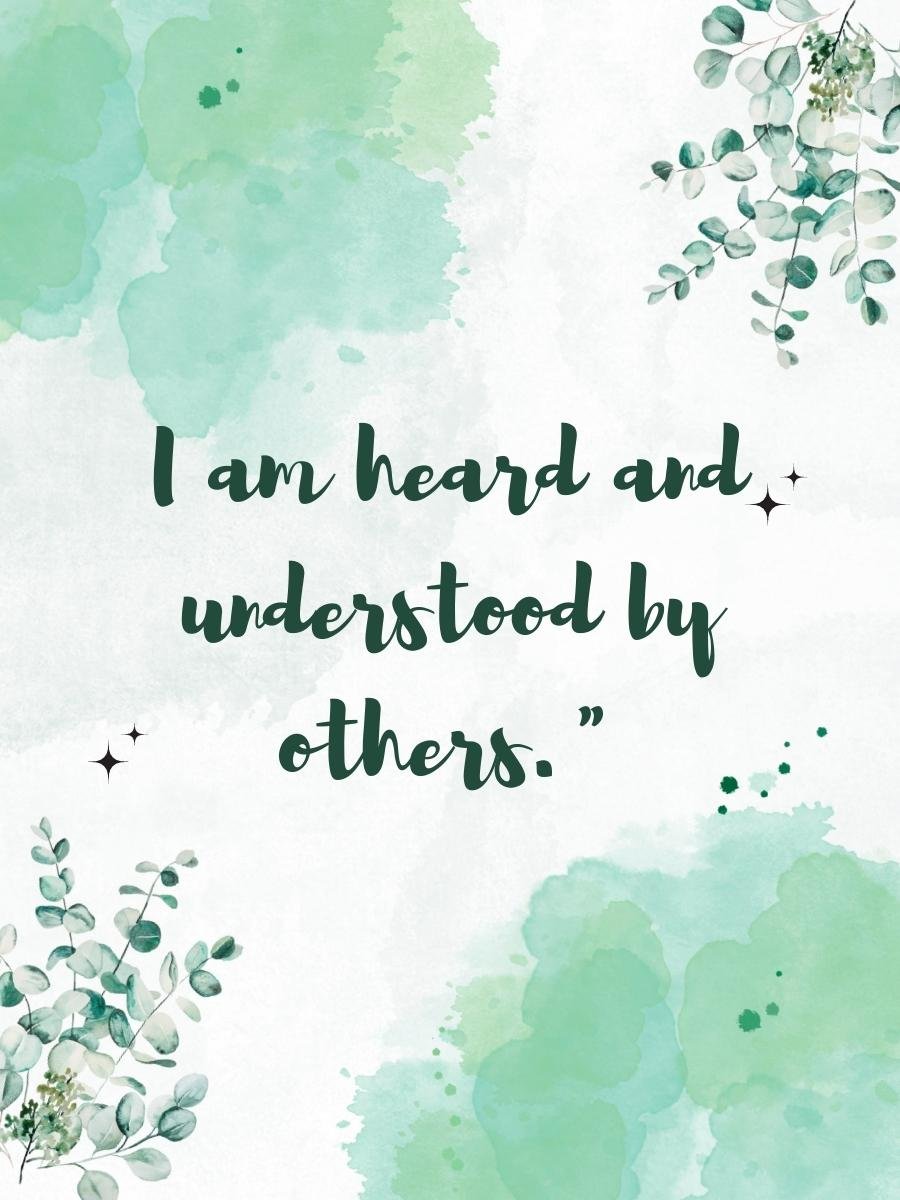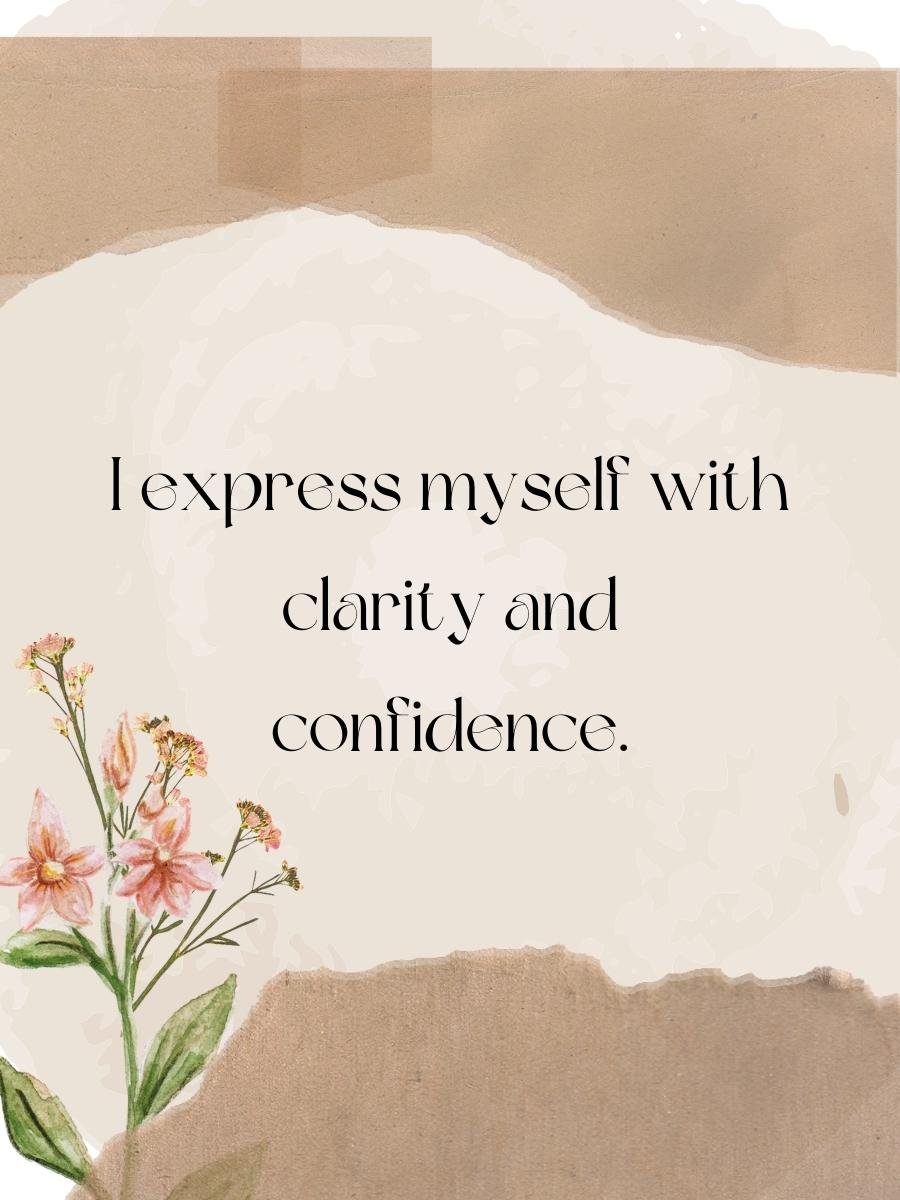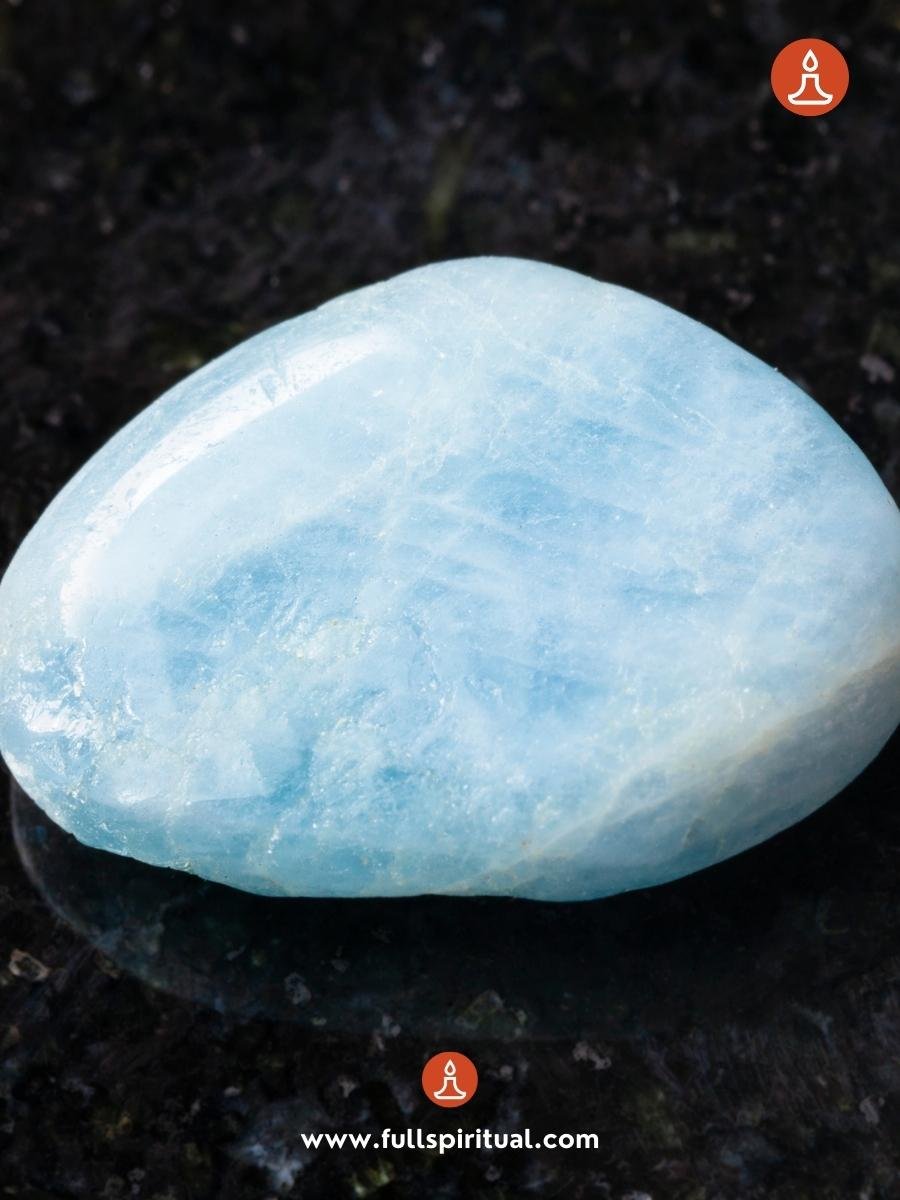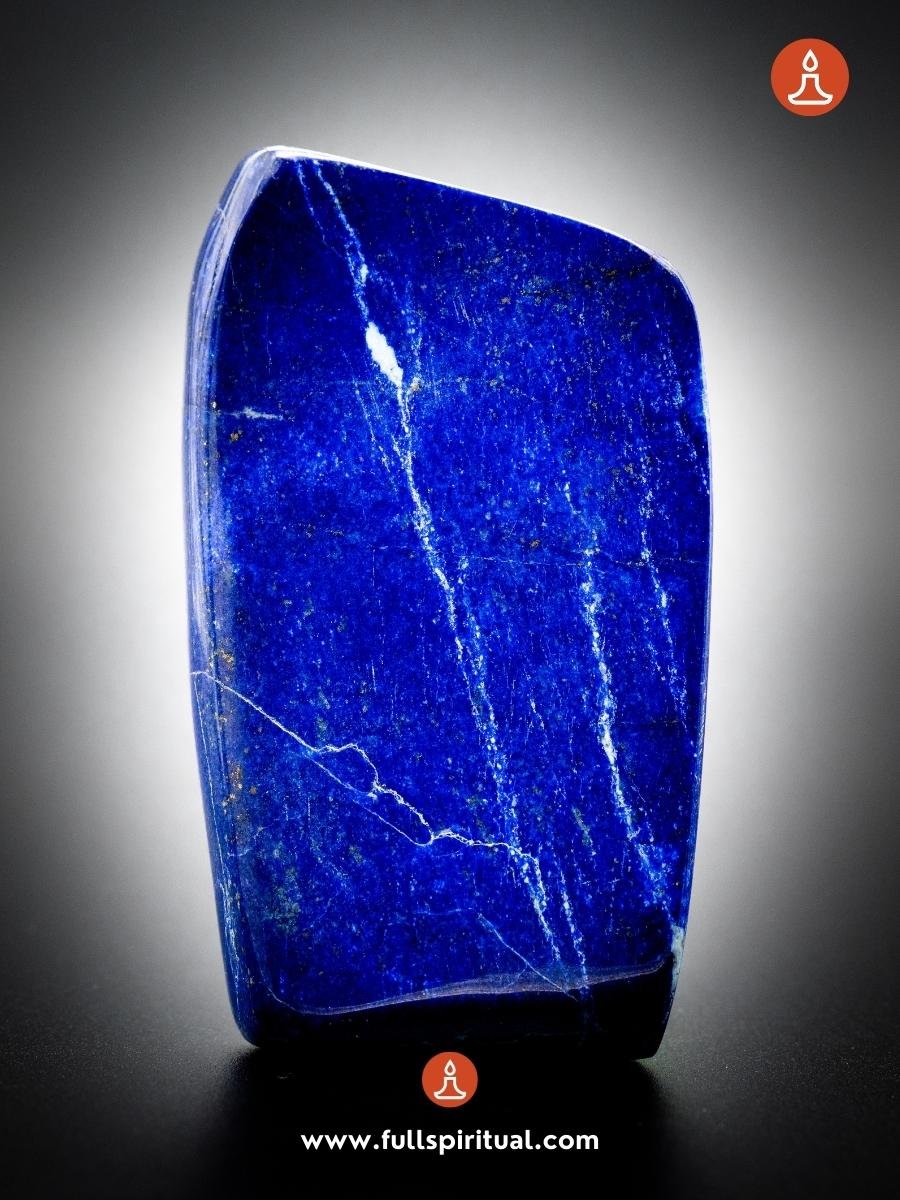Communication is a fundamental aspect of human interaction. It allows us to express our thoughts, feelings, and ideas to others. However, there are times when our ability to communicate effectively may be hindered. This could be due to a blocked throat chakra, which can greatly affect our self-expression and ability to speak our truth. In this blog, we will explore everything you need to know about the throat chakra and how to balance and open it.
Table of Contents
What is the Throat Chakra?

This chakra, also known as the fifth chakra or Vishuddha in Sanskrit is one of the main chakras in the chakras system. It is located in the throat area, at the base of the spine, and governs our ability to communicate and express ourselves. This chakra is associated with the color blue and is connected to our self-expression, creativity, and the power of our words.
Overview of the Vishuddha Chakra
Element: Ether
Color: Vibrant blue
Symbol:

Mantra: “HAM”
Sound: “Aaa”
Importance of the Throat Chakra
Vishuddha chakra plays a significant role in our lives. It allows us to communicate our thoughts, feelings, and ideas to others. It is through this chakra that we can express our creativity, share our truth, and connect with others on a deeper level. A balanced 5th chakra helps us speak our truth with confidence and clarity.
How to Locate the Throat Chakra
This chakra is located in the throat area, at the base of the spine. It is associated with the color blue and is connected to the element of ether. To locate this chakra, place your hand on your throat and feel for a subtle energy center. This is where the blue chakra is located.
How do I know if my throat chakra is unbalanced?
A blocked throat chakra can manifest in various physical and emotional signs. It can also affect our ability to communicate effectively. It is important to recognize these signs as they can indicate an imbalance in this chakra.
Physical Signs
Some physical signs of a blocked blue chakra may include:
1. Persistent sore throat or throat infections
2. Difficulty swallowing or feeling a lump in the throat
3. Hoarseness or loss of voice
4. Tension or tightness in the neck and shoulders
5. Thyroid issues or imbalances
6. Teeth grinding or jaw tension
It is important to note that these physical symptoms can also have underlying medical causes. Therefore, it is always recommended to consult with a healthcare professional for an accurate diagnosis and appropriate treatment.
Emotional Signs
Some common emotional signs of throat chakra is blocked include:
- Difficulty expressing oneself effectively
- Inability to listen attentively
- Lack of confidence in self-expression
- Fear of public speaking
- Inconsistent communication patterns
- Difficulty setting boundaries
Remember, these emotional signs can have multiple causes, and seeking guidance from professionals and adopting a holistic approach to healing can be beneficial.
Effects on Communication
When this chakra is blocked, it can greatly affect our ability to communicate effectively. We may find it challenging to express ourselves, leading to misunderstandings and frustration in our relationships. Opening and balancing the blue chakra can help improve communication and create harmonious connections with others.
Meditation for the Throat Chakra Meditation
Chakra Meditation for the throat Chakra is a practice that aims to balance and open this chakra center located at the base of the throat. Here is a step-by-step guide to help you perform a meditation for the throat chakra:
1. Find a quiet and comfortable place where you can sit in a relaxed position. You can choose to sit cross-legged on the floor or on a cushion or sit on a chair with your feet flat on the ground. Ensure that your spine is straight but not rigid.
2. Close your eyes and take a few deep breaths to relax your body and mind. Inhale deeply through your nose, filling your lungs with air, and exhale slowly through your mouth, releasing any tension or stress.
3. Bring your awareness to your neck region. Visualize a brilliant blue light or a spinning blue wheel at the base of your throat. This is the energetic representation of your blue chakra.
4. As you focus on this blue light, start to repeat the affirmation “I express myself freely and confidently” silently or aloud. This affirmation helps to activate and balance the 5th chakra.
5. Begin to breathe deeply and evenly while imagining the blue light becoming brighter and expanding with each inhale. As you exhale, release any blockages or tensions in your neck region, allowing the energy to flow freely.
6. Imagine the blue light radiating out from your 5th chakra, connecting you with the world around you. Visualize yourself expressing your thoughts and feelings calmly and assertively, without fear or hesitation.
7. If any emotions or thoughts arise during the meditation, simply acknowledge them without judgment and let them pass. Bring your attention back to your breath and continue to focus on the blue light at your throat.
8. Stay in this meditative state for as long as you like, but aim for a minimum of 10-15 minutes. You can use a timer or gentle chime to signal the end of your meditation.
9. When you are ready to finish, slowly bring your awareness back to your body, gently open your eyes, and take a moment to ground yourself by feeling your connection to the earth beneath you.
By regularly practicing this throat chakra meditation, you can strengthen and align this chakra center, promoting clear communication, authentic self-assertion, and self-confidence.
Yoga Poses for the Throat Chakra
1. Fish Pose (Matsyasana):

This pose helps to open and balance the blue chakra. Start by lying on your back with your legs extended. Place your hands under your hips with palms facing down. Press your forearms and elbows into the floor as you lift your chest, tilting your head back. Lift your heart towards the sky and breathe deeply.
2. Lion’s Breath (Simhasana):

This posture helps to release any tension or blockages in the Vishuddha chakra. Begin by sitting in a comfortable position. Inhale deeply through your nose, then open your mouth wide and stick out your tongue as far as possible. Exhale forcefully as you make a “ha” sound. Repeat this a few times while imagining any energy or emotions being released.
3. Shoulderstand (Salamba Sarvangasana):

This inversion pose stimulates and balances the fifth chakra. Lie on your back and bring your legs up towards the sky. Place your hands on your lower back for support as you lift your legs and hips off the ground. Keep your neck long and relaxed, and breathe deeply in this position.
4. Supported Plow Pose (Halasana):

This pose also helps to stimulate and balance this chakra. Lie on your back with your legs extended and arms by your sides. Lift your legs up towards the sky, then lower them overhead, touching your toes to the ground behind you. Support your lower back with your hands or a prop if needed. Breathe deeply and hold the pose for a few breaths.
Yoga poses can also help balance the 5th chakra. Specific poses that target the neck region and stimulate the energy flow include the supported fish pose, shoulder stand, and camel pose. Practice these poses mindfully, focusing on the neck region and allowing the breath to flow freely through this chakra center.
Using Affirmations to Heal the Throat Chakra
– “I express myself with clarity and confidence.”
– “My voice is valuable, and my words have power.”
– “I speak my truth authentically and fearlessly.”
– “I communicate my thoughts and feelings with ease.”
– “I am heard and understood by others.”



Which crystals help to balance your throat chakra?
There are several stones and crystals that are associated with the throat chakra. These stones are believed to help balance and activate this chakra and enhance self-communication and truthfulness.
1. Aquamarine:

This light blue stone is known for its calming and soothing energy. It fosters clear communication and aids in expressing one’s emotions and thoughts with clarity.
2. Blue Lace Agate:

This pale blue stone promotes peaceful and gentle communication. It helps to calm the mind and release any fear or anxiety associated with expressing oneself.
3. Lapis Lazuli:

This deep blue stone has been used for centuries to promote truth, self-awareness, and spiritual growth. It enhances clarity of thought and helps one speak their truth with confidence.
4. Sodalite:

This blue stone is known to stimulate intellectual thought and enhance one’s ability to communicate effectively. It promotes positive self-communication and helps one to speak their mind with kindness and logic.
When using these blue chakra stones and crystals, it is recommended to hold or wear them near the neck region, meditate with them, or place them in your environment to receive their energetic benefits. They can also be used during affirmations or mantras focused on throat chakra healing. Stones and crystals can also be used to balance and heal the Vishuddha chakra. These natural elements carry unique vibrations that can help clear blockages and restore harmony to the energy center.
How to Use Vishuddha Chakra Stones
- Choose Vishuddha chakra stones: Select blue gemstones like lapis lazuli or blue lace agate.
- Cleanse the stones: Use water, smudging, or sunlight to clear their energy.
- Hold or wear them: Keep the stones near your throat as jewelry or hold them during meditation.
- Set intentions: Focus on unblocking and balancing the 5th chakra.
- Visualize blue light: Imagine a soothing blue light radiating from your neck region.
- Repeat affirmations: Affirm positive statements about self-assertion and communication.
- Carry them daily: Keep the stones with you to maintain their influence.
- Regularly cleanse them: Remove accumulated energies and recharge the stones’ vibrations.
Remember to combine the blue chakra stone used with other healing practices and seek guidance if needed.
Cleansing and Energizing Throat Chakra Stones
It is important to cleanse and energize your throat chakra stones regularly to maximize their healing properties. You can do this by placing them under running water, burying them in the earth, or cleansing them with the smoke of white sage or palo santo.
FAQs
How does the throat chakra affect us?
This chakra governs our ability to express ourselves, communicate effectively, and speak our truth. It plays an essential role in our overall well-being and relationships.
How can I open and balance the throat chakra?
There are several practices you can try to open this chakra. These include meditation specifically focusing on the 5th chakra, practicing pranayama (breathwork) exercises, using stones and crystals associated with the 5th chakra, and using affirmations that support the healing of the Vishuddha chakra.
How is the throat chakra linked to the other chakras?
This chakra is the fifth chakra in the chakra system. It is located between the heart chakra and the third eye chakra. It is connected to the sacral chakra (associated with creativity and the third eye chakra (associated with intuition and inner vision).
What can I do if I am experiencing any symptoms of a throat chakra imbalance?
If you are experiencing any of these symptoms or suspect a 5th chakra imbalance, it is recommended to seek guidance from a certified yoga instructor or energy healer who can help you work with this chakra and bring balance to your energy system.
How can I bring balance to my throat chakra on a daily basis?
To maintain a healthy fifth chakra, you can practice daily activities that support balance, such as journaling, engaging in activities that allow for self-assertion, incorporating neck stretches into your routine, and consciously speaking your truth in a respectful way.
Conclusion
In conclusion, the throat chakra plays a crucial role in our ability to communicate effectively and express ourselves authentically. It is important to keep this chakra in balance by removing any blockages or negative energy that may hinder our ability to express our thoughts and feelings freely. By practicing throat chakra healing techniques, such as chanting, singing, or using affirmations, we can strengthen and maintain the health of this chakra, ultimately leading to improved communication and enhanced self-assertion.

